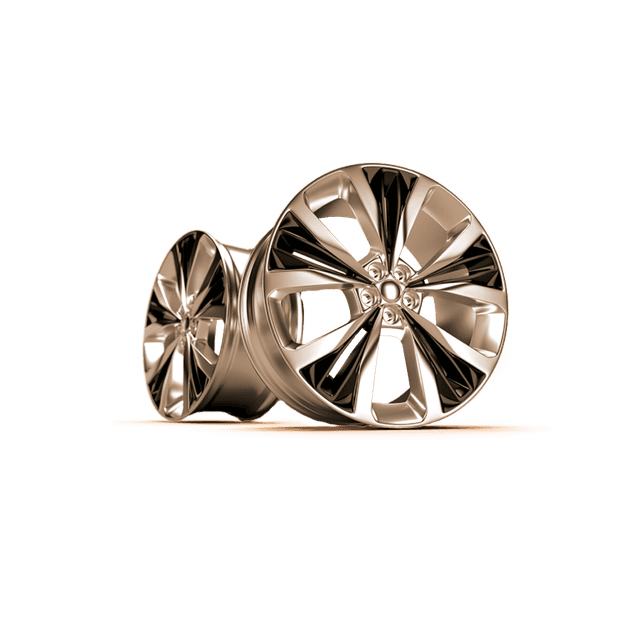How to Check Tread Depth on Your Tires
Däck, essential components of a vehicle's wheel, enjoy a crucial position in both cosmetic appeal and performance. From increasing the vehicle's look to affecting managing and protection, rims tend to be more than simply ornamental additions. Here is a thorough manual covering all you need to know about rims.

What Are Rims ?
Rims are the external edge of a wheel, forming a round support for the tire. They're generally created from products like metal, aluminum mix, or magnesium alloy. Rims supply the increasing floor for the tire and become a architectural aspect that connects the wheel to the axle.
Kinds of Rims
Steel Rims : Noted for their longevity and affordability, steel rims are frequently available on budget-friendly vehicles and trucks. They are sturdy and less susceptible to injury from path hazards but are generally weightier than alloy rims.
Metal Rims : Combination rims , generally created from metal or magnesium alloys, are lighter and offer greater heat conduction than metal rims. They are chosen for their artistic charm, enabling intricate styles and finishes.
Forged Rims : Solid rims are constructed from solid aluminum blocks using intense stress and heat. They are lighter, stronger, and more expensive than throw rims , making them popular in high-performance vehicles and racing.
Opera Rims : Chrome rims are material or combination rims plated with chromium for a shiny, mirror-like finish. They're prized for their aesthetic attraction but require regular preservation to prevent corrosion and keep their shine.
Important Concerns When Picking Rims
Size: Rims come in various styles assessed in inches (e.g., 17 inches, 18 inches). The measurement influences the entire search of the vehicle and may affect managing and experience comfort.
Counteract and Backspacing: These sizes establish how much the edge rests from the mounting surface. Proper offset and backspacing are essential for ensuring the wheel fits precisely within the wheel effectively and doesn't restrict suspension components.
Product: The choice between steel, metal, or forged rims is dependent upon facets like budget, desired efficiency, and visual preferences.
Maintenance: Different side materials involve different degrees of maintenance. Combination and chrome rims , for example, require regular washing to maintain their look and reduce corrosion.
Consequences on Car Performance
Weight: Weightier rims (like steel) can negatively impact acceleration and fuel efficiency in comparison to lighter rims (like mix or forged).
Handling: Rims can affect how the vehicle grips, with light rims usually providing better responsiveness and agility.
Brake Cooling: Some high-performance rims are created to improve brake cooling, improving braking performance during extreme driving.
Customization and Type
Rims give you a wide selection of modification possibilities, from various finishes (matte, gloss, painted) to unique models (spoke designs, beadlocks). They let vehicle homeowners to customize their cars, improving equally visual charm and uniqueness.
Maintenance Recommendations
Frequently clear rims to remove brake dirt, dust, and path grime.
Use appropriate washing items and methods in order to avoid damaging the rim's finish.
Examine rims for damage, such as for instance cracks or bends, that may influence safety and performance.
Conclusion
Rims are built-in to a vehicle's efficiency, aesthetics, and safety. Whether you prioritize fashion, performance, or durability, selecting the most appropriate rims involves considering factors like material, size, and maintenance requirements. By understanding these factors, you can make informed decisions that enhance both the look and efficiency of your vehicle.
Comments
Post a Comment